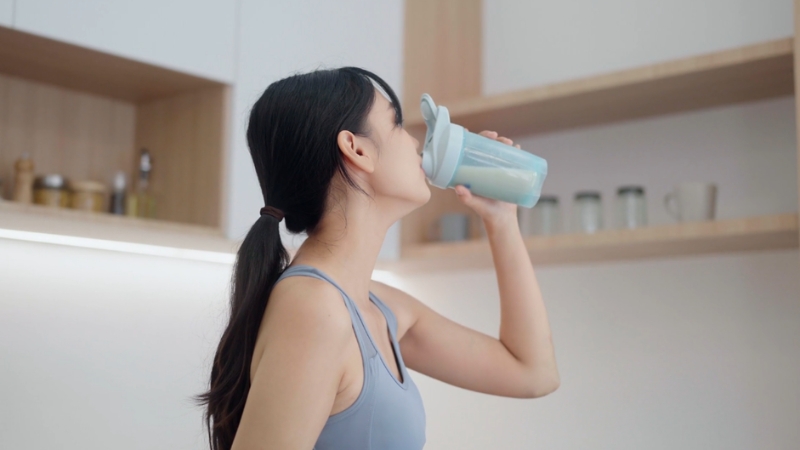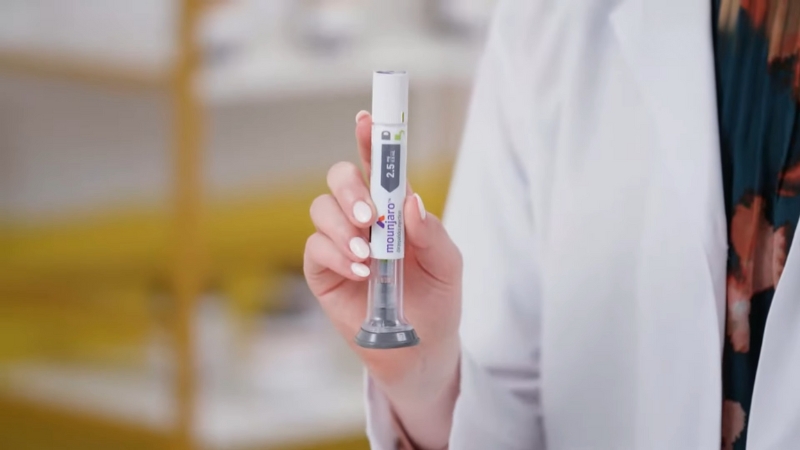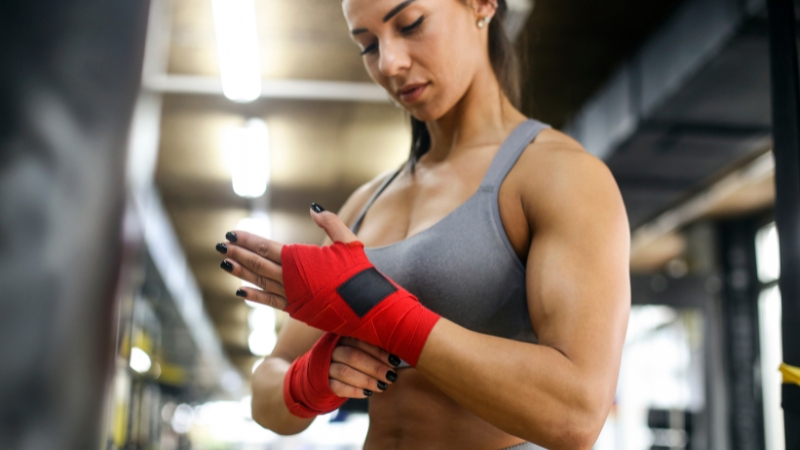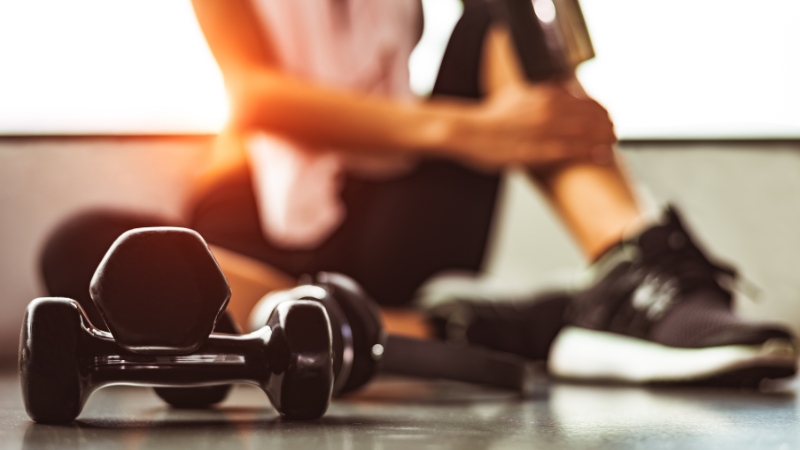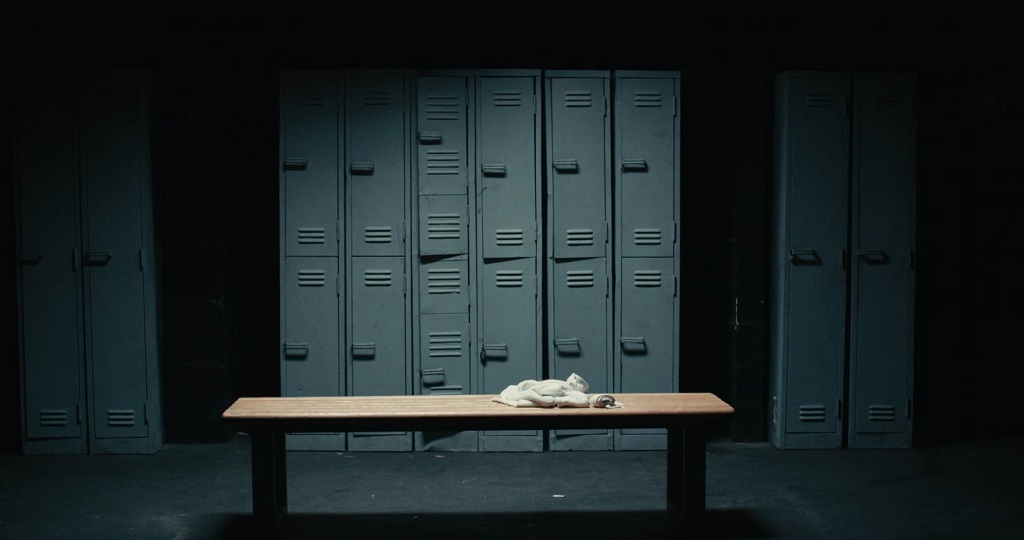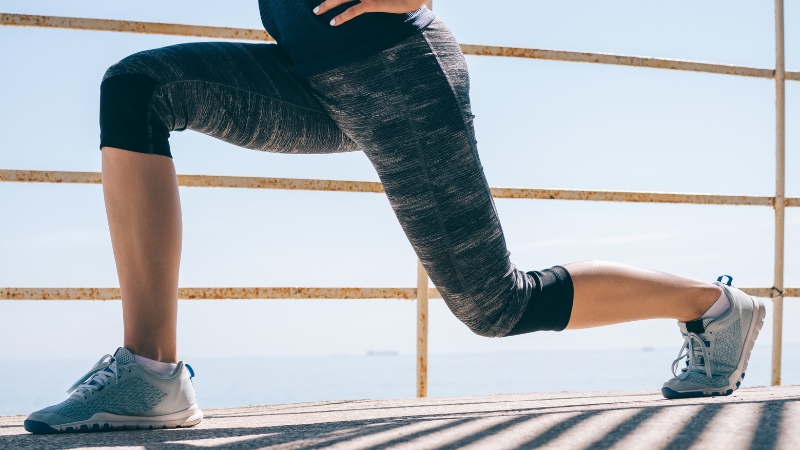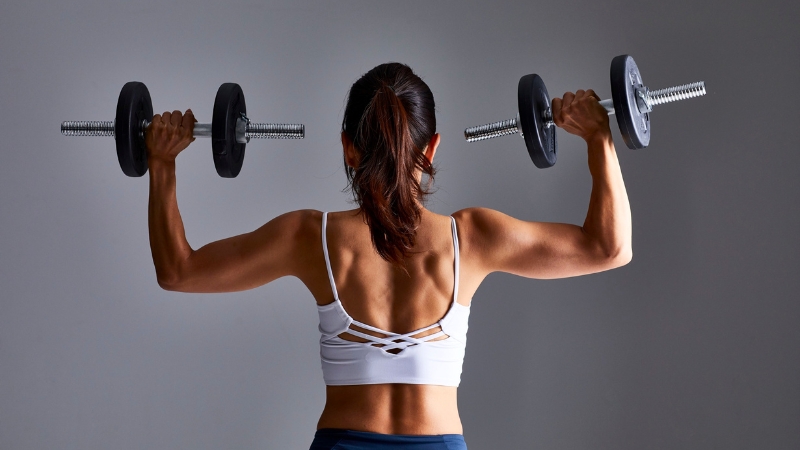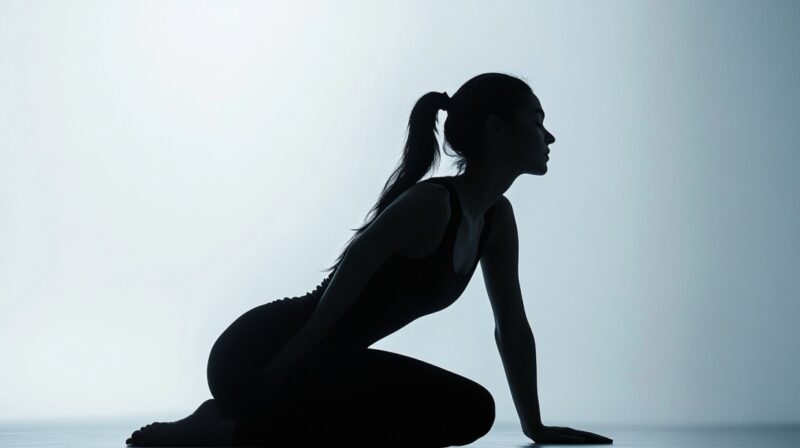
Share Post:
Begin by settling into a calm, quiet space. Take a comfortable seat and close your eyes before you start stretching. Let the intention for this moment be clear: soften the tension, quiet the noise in your head, and allow peace to surface.
Gentle movement paired with breath can guide anxious energy out of the body and calm the nervous system.
Stretching promotes endorphin release and engages the parasympathetic system, the body’s natural mechanism for relaxation. As muscles begin to loosen, so does the grip of anxious thought patterns.
Inhale slowly through your nose for four counts. Hold briefly. Exhale softly through your mouth for six counts. Repeat this breath cycle two or three more times, inviting a sense of ease with each round.
Warm-Up & Grounding (1–2 minutes)
Start with a short warm-up to settle your body and anchor yourself in the present. Movement should be slow and deliberate, with each stretching paired with intentional breath.
These first moments establish your foundation, preparing the nervous system to shift into a more restful state.
Easy Seated Pose with Neck Rolls
Begin seated on the floor with legs crossed, or take a chair if more comfortable. The posture centers your weight and encourages a calm, upright spine.
As you start to roll the neck gently side to side, tension in the shoulders and base of the skull begins to dissolve.
- Releases stored stress in the shoulders and neck
- Brings awareness to posture and spinal alignment
- Syncs movement with breath to initiate relaxation
Place your hands on your knees. Breathe in softly as the head tilts to one side. Exhale as it circles gently to the other. Avoid forcing the movement. Allow gravity and breath to guide you.
Pelvic Tilts (Supine)
Transition to your back and bend your knees, feet flat on the mat and hip-width apart. Hands rest on your lower belly to connect with the core.
This small but effective motion stabilizes your lower spine and brings awareness to the base of the body, a common area where anxiety hides.
- Strengthens connection between breath and core
- Relieves tension in the lumbar spine
- Grounds the body through deliberate floor contact
Inhale and gently tilt the pelvis forward, allowing a subtle arch in the lower back. Exhale and pull the pelvis back, flattening your spine into the mat.
Let the breath dictate the pace. Complete at least 5 rounds, feeling more grounded with each one.
Main Flow (5 minutes)
The heart of the session begins here. These movements invite softness, release, and presence.
By combining gentle postures with steady breath, this portion of the flow calms the nervous system and dissolves lingering anxiety held in the muscles and fascia.
You’ll explore a progression of postures, each one designed to support the spine, open major muscle groups, and shift mental focus inward.
- Relief of muscular tension, especially in the hips and spine
- Increased blood flow and oxygenation to the brain
- Enhanced ability to stay present through mindful breathing
Child’s Pose (Balasana) – 1 minute
Lower into a kneeling position. Bring the torso forward over the thighs. Arms can extend ahead or relax by your sides. Let the forehead make contact with the ground.
- Invites total release of physical and mental tension
- Gently stretching the back and hips
- Soothes the nervous system with grounded stillness
Stay here, breathing deeply into the belly. Let your back rise and fall naturally. Feel safety and softness replace alertness and tension.
Cat-Cow Flow – 1 minute
Move onto all fours with hands beneath shoulders and knees beneath hips. As you inhale, lift your chest and tailbone. On the exhale, round your spine and tuck your chin.
- Supports spinal flexibility and hydration
- Stimulates the vagus nerve for calmness
- Clears emotional heaviness held in the mid-back
Coordinate movement with breath for five or six rounds. Let every shift be smooth and intentional.
Thread-the-Needle Pose – 1 minute
Remain on all fours. Take your right arm and thread it underneath the left, gently lowering your right shoulder and cheek to the mat. Keep hips squared.
- Opens the upper back and outer shoulder
- Encourages gentle twisting for detox and release
- Promotes a quiet, reflective state of mind
Stay for thirty seconds on each side. Let gravity assist your body in softening into the posture. Let each exhale create more space.
Seated Forward Fold or Standing Forward Bend – 1 minute
Choose a seated or standing position, depending on your comfort and mobility. Fold slowly, letting the spine round and the crown of the head fall toward the floor.
- Stretching the back line of the body, especially the hamstrings
- Calms overstimulation in the brain
- Enhances introspection and a quiet internal state
Let arms dangle or rest on your legs. No tension in the neck or jaw. Stay for several breaths, relaxing more with each exhale.
Supine Knee-to-Chest – 1 minute
Lie on your back. Hug your right knee into your chest, then switch sides. End by hugging both knees in together.
- Relieves lower back compression and hip fatigue
- Supports healthy digestion
- Encourages emotional grounding through body contact
Keep the movement slow and minimal. Breathe into the belly. Let the floor support you completely.
Restorative Finish (1–2 minutes)
After movement and release, the body is ready to settle into stillness. This final posture offers the deepest state of calm in the entire practice.
A passive inversion, it taps into the body’s natural repair mode and delivers the benefits of complete relaxation without effort.
- What to expect from this pose:
- Gentle inversion that soothes the nervous system
- Increased venous return to the heart
- Lowered cortisol and anxiety levels
Legs-Up-the-Wall Pose
Move close to a wall. Lie back and swing your legs upward, allowing your hips to rest as close to the wall as feels comfortable. Arms rest at your sides or hands on your belly.
No effort is needed. Simply allow the body to melt into the floor.
Close your eyes and begin counting five full breaths. With each round, allow the exhale to extend a little longer than the one before. Let every breath signal safety.
If thoughts arise, notice them without attachment and return gently to the breath.
Stay as long as you’d like, but even one or two minutes in this posture can leave a lasting imprint of calm.
Closing Reflection (30 seconds)
Wrap up the session with mindful attention to your experience. Acknowledge what has shifted—subtly or significantly. Gratitude often softens residual tension, so let it gently enter your awareness.
- Acknowledge your presence and intention
- Allow yourself to feel still, centered, and whole
- Seal your practice with breath and appreciation
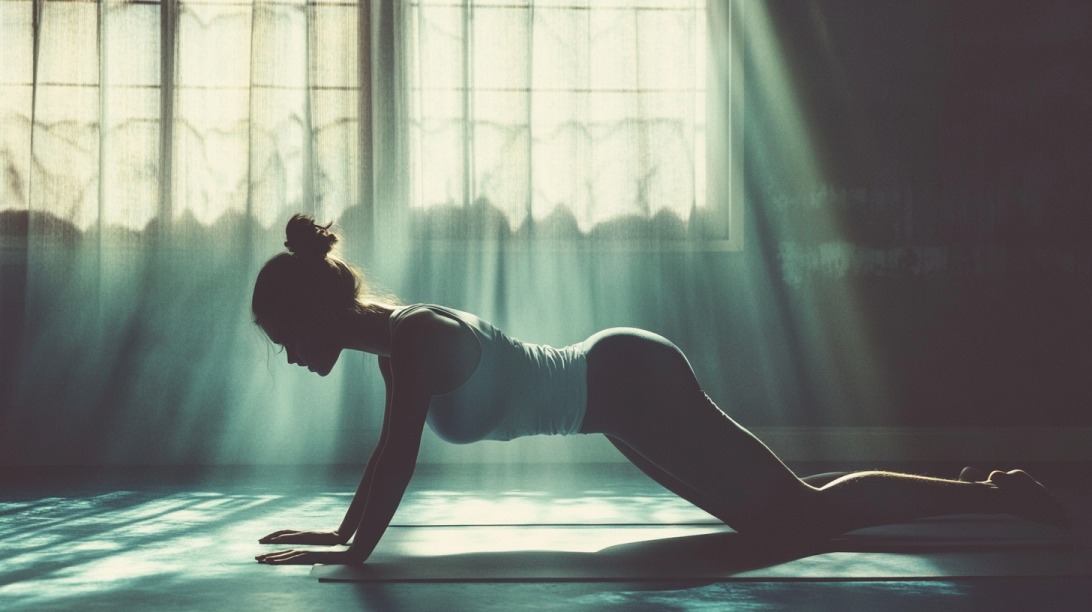
Place one hand on your heart and the other on your belly. Take a slow, full inhale through your nose. Let the breath fill every corner. Then exhale through the mouth with an audible sigh. Allow your body to settle in stillness.
Before opening your eyes or moving, silently thank yourself for choosing this time. Let the sense of calm accompany you off the mat and into your day or evening.
The Bottom Line
A few minutes of mindful movement can shift the entire tone of a day. Gentle stretching, steady breath, and intentional stillness offer more than just physical relief, they guide the nervous system toward peace.
When practiced consistently, even short flows like this can help quiet anxious thoughts, release stored tension, and restore a sense of presence. No props, no pressure, just space to return to the body and breathe with purpose.
Carry the ease you’ve cultivated into the hours ahead, knowing calm is always just a few mindful breaths away during stretching.
Bonus: Cardio or Yoga? Which one is better for anxiety and overall mental health?
Related Posts:


